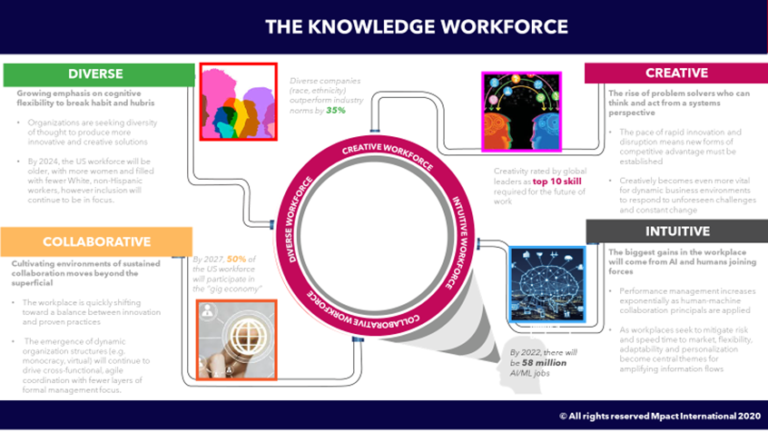Stages of Transformation
Have you ever awakened with the thought – “I need to change.” Initially, the world is fresh and new, you see new possibilities, and you are committed. Then in no time, and usually out of the blue, something in your mind starts to question… “Am I doing the right thing?” or “Is this the right time?”
It is too easy to fall into doubt and allow our minds to move us into fear. When this happens, our brain tells us we need to move back into the comfort zone. But is that always the best choice? Based on my research, the answer is no! For most of us, the desire to change is a signal that action is needed. Even if we delay, the inevitable desire to change will reemerge – likely at a time that also may not feel right.
During my twenty-year career working with corporate leaders, I can tell you the biggest place where doubt and fear emerge are in business. As leaders confront change, I found that two ingredients are critical to moving beyond doubt and fear. The first is a climate of psychological safety. Climates with psychological safety are defined by high levels of interpersonal comfort with others, and where experimentation or getting it wrong can occur without the fear of how you look to others. The second is self-awareness. Self-awareness is a muscle that, when built up, can help us see our strengths as well as our blind spots. Recognizing blind spots builds curiosity and openness to change, and it is here where we can accept that to move forward, we may have to change.
Below are the four stages we see as integral to transformation:
Stage 1: Realization: In this stage, we don’t know how or who, we just know there is a need to change.
Stage 2: Reflection: In this stage, we begin to reflect on what change might look like, but we also begin to imagine what might be involved.
Stage 3: Rationalization: In this stage, our mind goes back and forth between what we know and the unknown. It is here that we start to question whether we can commit to change.
Stage 4: Rearticulation: In this stage we seek to determine and commit to the steps that will be needed to sustain change, and then we do the work.
Over the coming months, we will write more about this topic, but if you want to learn more, please click here to learn about Psychological Safety.
https://mpact-int.com/psychological-safety/




